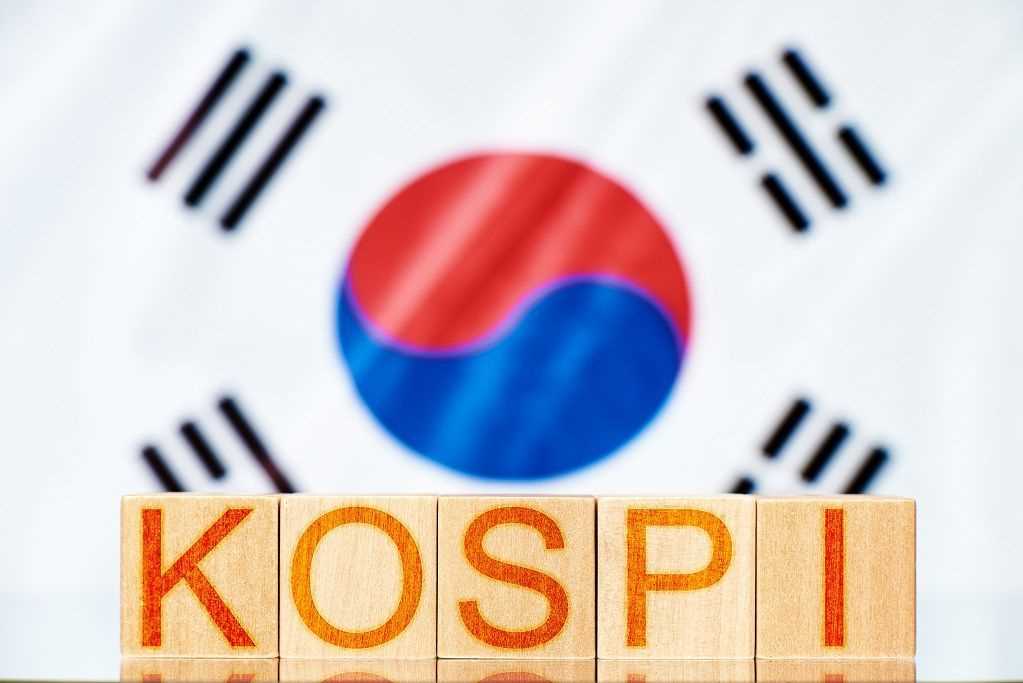Korean Composite Stock Price Indexes KOSPI: Meaning and History
The Korean Composite Stock Price Indexes (KOSPI) is a key stock market index in South Korea, representing the overall performance of the country’s stock market. It is widely used as a benchmark for investors and financial institutions to track the performance of the Korean stock market.
Meaning of KOSPI
KOSPI stands for Korean Composite Stock Price Index. It is calculated using a market capitalization-weighted method, where the stock prices of the constituent companies are multiplied by the number of shares outstanding. The index is then divided by a divisor to adjust for any changes in the index’s base value over time.
The KOSPI is composed of the largest and most liquid companies listed on the Korea Exchange (KRX), which includes both domestic and foreign companies. It covers various sectors such as technology, finance, manufacturing, and services, providing a broad representation of the Korean economy.
History of KOSPI

The KOSPI was first introduced on January 4, 1983, with a base value of 100. Since then, it has undergone several revisions to improve its representativeness and accuracy. The index has also experienced significant fluctuations over the years, reflecting the volatility of the Korean stock market.
One notable event in the history of KOSPI is the Asian financial crisis in 1997, which led to a sharp decline in the index. However, the Korean government implemented various measures to stabilize the market, leading to a recovery in the following years.
Over time, the KOSPI has become an important indicator of the health and performance of the Korean economy. It is closely watched by investors, analysts, and policymakers for insights into market trends and economic conditions.
Overall, the Korean Composite Stock Price Indexes KOSPI plays a crucial role in the Korean financial market, providing a comprehensive measure of the country’s stock market performance and serving as a barometer of the Korean economy.
What is KOSPI?
KOSPI is a market capitalization-weighted index that tracks the performance of around 800 companies listed on the Korea Exchange. It includes companies from various sectors such as technology, finance, manufacturing, and services, providing a comprehensive view of the Korean economy.
The index is calculated using the base date of January 4, 1980, with a base value of 100 points. The KOSPI is updated every second during trading hours and is widely regarded as a reliable benchmark for the Korean stock market.
How is KOSPI calculated?
KOSPI is calculated using a formula that takes into account the market capitalization and stock prices of the constituent companies. The formula is designed to reflect the relative importance of each company in the index, with larger companies having a greater impact on the index’s movements.
The index is reviewed and rebalanced on a quarterly basis to ensure that it remains representative of the market. Companies that no longer meet the eligibility criteria are removed from the index, while new companies that meet the criteria are added.
Significance of KOSPI
KOSPI is an important tool for investors and traders as it provides valuable insights into the overall performance and trends of the Korean stock market. It is used to gauge the sentiment of investors, identify market trends, and make informed investment decisions.
Furthermore, KOSPI is often used as a benchmark for various financial products, such as mutual funds and exchange-traded funds (ETFs), allowing investors to compare the performance of their investments against the broader market.
Conclusion
A Brief History of the Korean Composite Stock Price Indexes KOSPI
The Korean Composite Stock Price Indexes (KOSPI) is a major stock market index in South Korea. It is used to measure the overall performance of the Korean stock market and is considered a key indicator of the country’s economic health. The KOSPI is calculated based on the market capitalization of the companies listed on the Korea Exchange.
Early Years
The KOSPI was first introduced on January 4, 1983, with a base value of 100. At that time, there were only 16 companies listed on the Korea Exchange. The index was designed to provide a benchmark for investors to track the performance of the Korean stock market.
During the early years, the KOSPI experienced significant volatility due to various economic and political factors. The index reached its peak of 1,000 in 1989, fueled by the economic boom of the 1980s. However, it suffered a sharp decline in the early 1990s due to the Asian financial crisis and the collapse of several major Korean conglomerates.
Modern Era
In the late 1990s, the Korean government implemented various reforms to stabilize the financial markets and attract foreign investors. These reforms included the introduction of electronic trading systems and the establishment of stricter regulations. As a result, the KOSPI gradually recovered and reached new highs in the early 2000s.
Since then, the KOSPI has continued to evolve and adapt to the changing dynamics of the global financial markets. It has undergone several revisions to improve its accuracy and reflect the changing composition of the Korean stock market. The index now includes a wide range of industries, including technology, finance, manufacturing, and services.
Recent Developments
However, the KOSPI has also faced challenges, particularly during periods of global economic uncertainty. It experienced significant declines during the 2008 financial crisis and the COVID-19 pandemic. Nevertheless, it has shown resilience and has managed to recover from these downturns.

Emily Bibb simplifies finance through bestselling books and articles, bridging complex concepts for everyday understanding. Engaging audiences via social media, she shares insights for financial success. Active in seminars and philanthropy, Bibb aims to create a more financially informed society, driven by her passion for empowering others.
